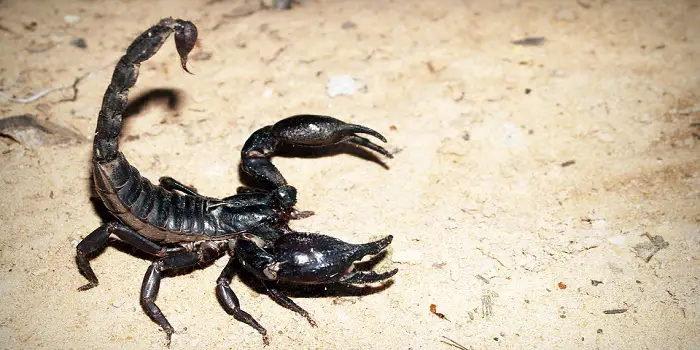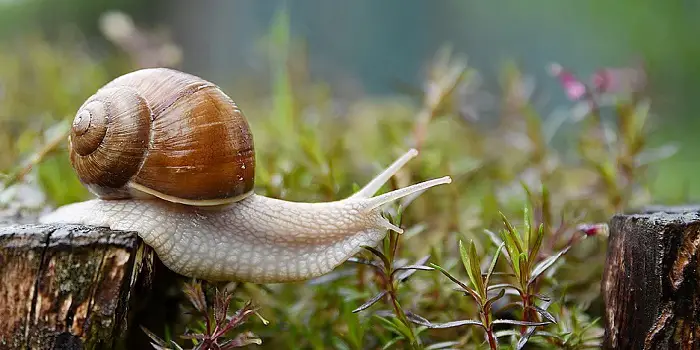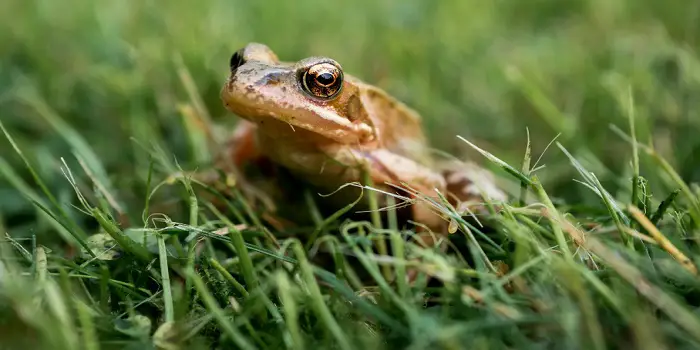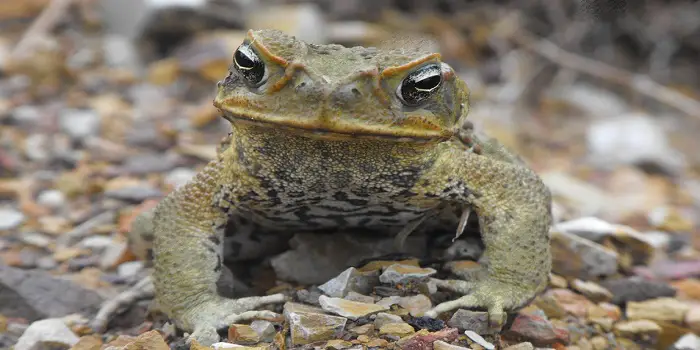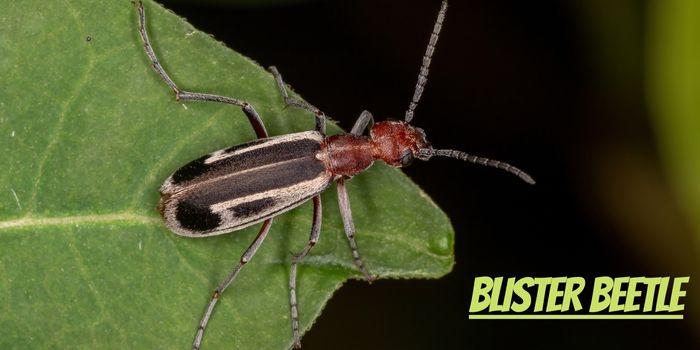
Many beetles in the world are colorful and beautiful. Many of them do not harm people and only look pretty.
But one beetle that’s not only interesting but also very dangerous and poisonous is the blister beetle. In fact, it’s the only poisonous beetle in the world, which also tops the list of most poisonous insects worldwide.
This beetle secretes a chemical called cantharidin which causes small blisters to form on the skin, although it may be used to remove warts.
That said, if a person attempts to consume the beetle, the toxic cantharidin destroys the stomach’s mucosa and might result in death.
Blister beetles are dangerous for humans and farm animals. People are less inclined to consume these poisonous insects.
The beetles are drawn to alfalfa, and if they’re ground up in alfalfa hay while it’s being prepared, even a few blister beetles’ released cantharidin may be enough to kill a horse.
Blister beetles are in the Meloidae family and contain over 7000 species. Most of them have a beautiful hue about them, which is another indication that they should be left alone.
Do Blister Beetles Bite?
As we have seen above, blister beetles release a harmful chemical called cantharidin when they are threatened or crushed.
This substance is what causes blisters on the skin.
Although the beetle does not have a stinger and cannot bite, its self-defense mechanism is still painful and irritating to humans.
Cantharidin leaves temporary welts on the skin that usually heal without any scarring within a few hours.
Blister beetles are not typical house pests because they’re frequently seen on farms and other open spaces.
When in areas where you’re likely to come into contact with them, use common sense by dressing appropriately, such as wearing long-sleeved clothing and pants.
If a blister beetle is discovered, don’t squash it; instead, remove it gently.
Most incidents of exposure are not life-threatening and do not result in long-term skin damage. An eye area, on the other hand, would be a major concern.
If a person crushes the beetle and rubs their eye, cantharidin may spread to their eye. If this happens or if the individual has any medical problems, they should see an expert for assistance.
How can You Tell a Blister Beetle?
Blister beetles have an elongated, cylindrical abdomen, but their appearances can vary. Some species have a ball-like abdomen or short wings and a larva-form stomach.
Blister beetles are characterized by the distinct narrow “neck” that contrasts with the broader head and belly.
Epicauta vittata, the striped blister beetle, has a cylindrical physique. Beetles vary in size from 1/3 to 2/3 of an inch long.
Their bodies are tan to amber in color, with three black (black) stripes on each wing cover (elytron).
The two stripes in the middle of the back extend onto the thorax and sometimes the head. The eyes are usually black or dark grey.
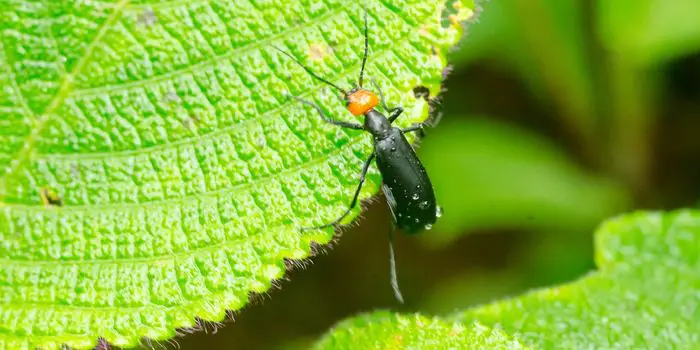
Blister Beetle – Life Cycle, Habitat & Hosts
Blister beetles go through four different life stages- egg, larva, pupa, and adult. They spend the winter in their larval stage before pupating in spring.
Females lay eggs in the soil, which then hatch into tiny mobile triungulin larvae. These seek out hosts such as bees or grasshoppers to feed on.
The larvae gradually begin to look like grubs before eventually pupating again in spring. For most species of blister beetle, this is the only generation per year.
Regarding their food, Blister beetles feed on a variety of plants, but they prefer those in the Amaranthaceae, Asteraceae, Leguminosae, and Solanaceae families. Most adults eat only flowers, but some also consume leaves.
In their larval stage, blister beetles feast on the young of solitary bees or the eggs of grasshoppers in the family Acrididae (short-horned grasshoppers), which are common in pastures and grasslands.
There have been instances where people living next to these tracts of land have been overwhelmed with blister beetles, so having crops like alfalfa is not necessary for a significant infestation.
Share the post "The Deadly Blister Beetle – The Most Dangerous and Poisonous"

Welcome to ProShieldPest.com. I am Tina Jones. I have been working as a pest removal professional in Winslow, Arizona lately. At present, I love to spend my time with my family as a retiree.
Here I share all my knowledge and experiences to help people understand better how they can stop pests at their homes without actually killing them. Hopefully, the information you will find here will help in safeguarding your home! You can check more about me here.

